Contents
The Riyadh Metro, often referred to as the Riyadh Subway, is a groundbreaking urban transport system that is set to redefine how residents and visitors navigate Saudi Arabia’s capital. As one of the most extensive metro projects in the world, Metro Riyadh promises to revolutionize mobility, reduce traffic congestion, and enhances transportation altogether. In this guide, we’ll explore everything you need to know about the Riyadh Metro, from its stations and map to its highly anticipated opening date while integrating essential information to help you make the most of this incredible development.
The Vision Behind Riyadh Metro
The Riyadh Metro project is part of Saudi Arabia’s Vision 2030 initiative, aimed at diversifying the economy and enhancing urban infrastructure. With Riyadh’s population growing rapidly, the metro system was conceived to provide an efficient, sustainable, and reliable alternative to car travel.
Why Riyadh Metro Matters
- Reduced Traffic Congestion: Riyadh’s streets are notorious for traffic jams, particularly during peak hours. The metro is expected to ease this burden significantly.
- Environmental Benefits: The metro will help reduce carbon emissions by encouraging public transport.
- Economic Growth: Improved transportation often increases investment and economic activity in surrounding areas.
- Enhanced Accessibility: The metro will make it easier for residents and tourists to navigate the city by connecting key districts such as Al Murabba District and significant landmarks.
The Riyadh Metro Map is designed to make traveling across the city seamless. The network spans 176 kilometers and connects 85 Riyadh Metro stations, covering six major lines. Here’s a breakdown of the key lines:
Main Metro Lines
- Blue Line (Line 1)
- Runs along Olaya Street and Batha Street.
- Connects major commercial and residential areas.
- Green Line (Line 2)
- Serves King Abdullah Road.
- Links to several cultural and entertainment hubs, such as Al Khaimah Theme Park.
- Red Line (Line 3)
- Covers the west and east of Riyadh.
- It is key to accessing residential areas in East Riyadh, where you can find apartments for sale.
- Orange Line (Line 4)
- Connects King Khalid International Airport to central Riyadh.
- Yellow Line (Line 5)
- Focuses on King Abdulaziz Road.
- Purple Line (Line 6)
- Serves educational and medical institutions.
Key Features of the Map
- Color-Coded Lines: Simplifies navigation.
- Strategic Stations: Designed to connect residential, commercial, and recreational areas seamlessly.
- Integration with Bus Services: The metro system will work in tandem with a new bus network for last-mile connectivity.
Riyadh Metro Stations: What to Expect
The stations are more than just transit stops; they are architectural marvels designed to offer world-class amenities. Here are some highlights:
Station Features
- Modern Design: Futuristic architecture blends traditional Saudi elements.
- Innovative Technology: Automated ticketing, real-time tracking, and high-speed internet access.
- Accessibility: Facilities for people with disabilities, including elevators and tactile pathways.
- Retail and Dining: Shops and restaurants to cater to commuters.
Major Stations to Know
- Olaya Metro Station: A hub for shopping and business districts.
- King Abdullah Financial District (KAFD) Station: Connecting one of Riyadh’s most iconic commercial hubs.
- Airport Terminal Station: Streamlining travel for international and domestic passengers.
Riyadh Metro Opening Date: The Countdown
The eagerly awaited Riyadh Metro opening date is expected in 2025. Delays due to the project scale and global events like the COVID-19 pandemic have extended the timeline, but progress has been steady. Once operational, the metro will undoubtedly transform Riyadh into a modern, connected metropolis.
Preparing for the Opening
To fully leverage the benefits of the Riyadh Metro, now is the time to explore property opportunities near key stations. For instance:
- Discover apartments for sale in South Riyadh.
- Explore apartments for sale in West Riyadh.
- Check out apartments for sale in Central Riyadh.
Living in Riyadh: Embrace Convenience
The metro will elevate the standard of living in the city, making it an attractive destination for both locals and expatriates. Whether you’re looking to rent or buy, the metro’s connectivity will enhance property values and rental demand in nearby areas.
Accommodation Options
- Renting in Riyadh: Learn more about finding the perfect rental home.
- Buying Property: A detailed guide to purchasing property in Saudi Arabia is available.
Benefits for Residents
- Shorter Commutes: Spend less time in traffic and more time enjoying the city.
- Enhanced Lifestyle: Proximity to metro stations adds convenience and value.
- Improved Accessibility: Easier access to cultural, educational, and recreational facilities.
The Future of Transportation in Riyadh
The Riyadh Metro is not just a transportation project; it’s a symbol of progress and innovation. As the city prepares for the metro’s grand opening, residents and visitors alike can look forward to a new era of convenience and connectivity.
Why This Matters for You
Whether you’re a long-time resident or a newcomer, the Riyadh Metro will change how you experience the city. Now is the perfect time to plan your future around this transformative infrastructure.
FAQs about Riyadh Metro
When will the Riyadh Metro open?
The metro opening date is expected in 2025, though exact timelines may vary.
How many stations does the Riyadh Metro have?
The metro will feature 85 Riyadh Metro stations, connecting all prominent districts in the city.
Where can I find the Riyadh Metro map?
The Riyadh Metro map will be available on official websites and at metro stations upon launch.
What areas will the Riyadh Subway serve?
The metro will cover key areas such as Central Riyadh, South Riyadh, East Riyadh, and West Riyadh, making it convenient for residents and tourists.
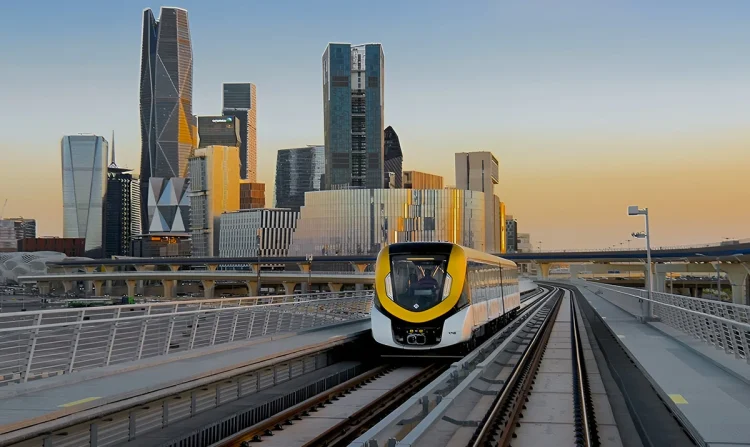
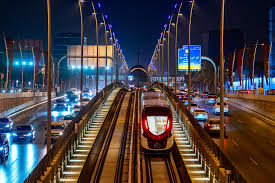
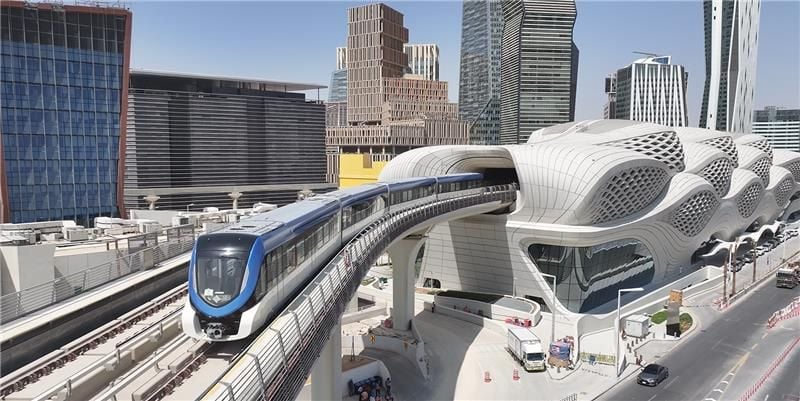
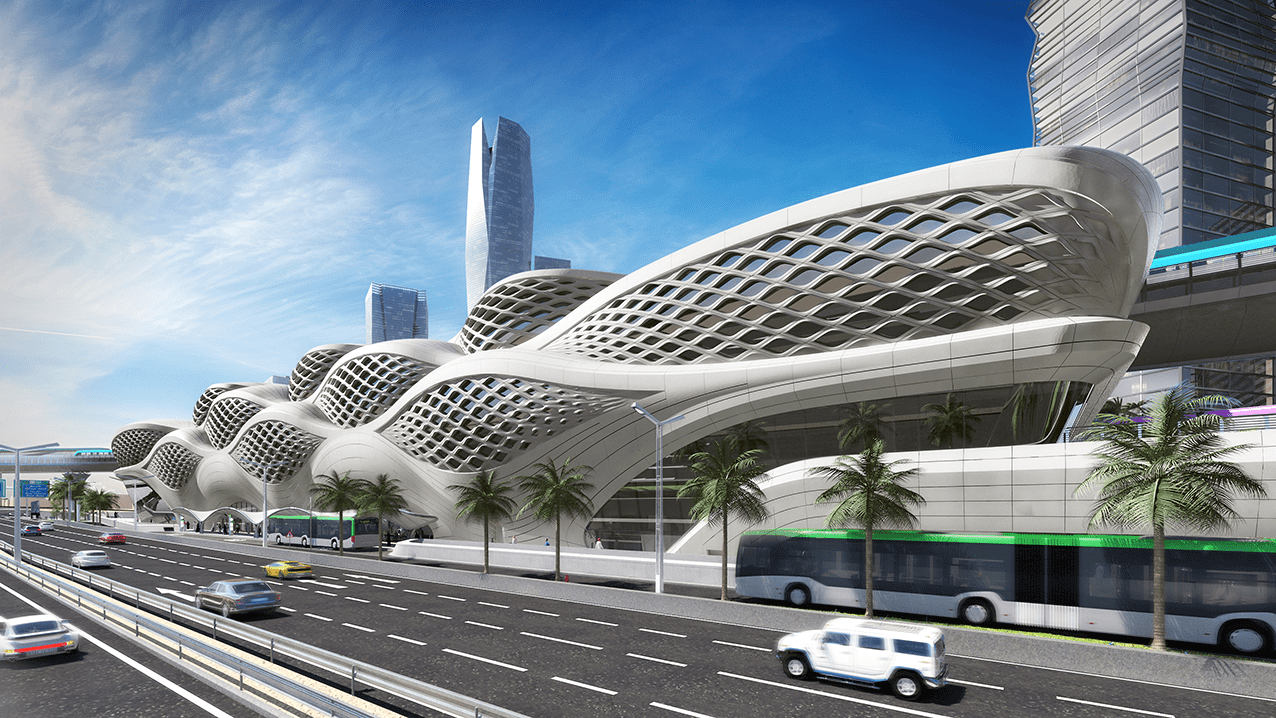
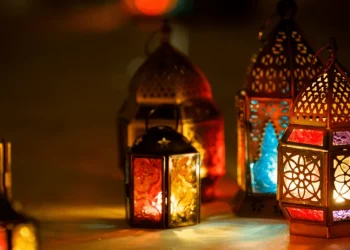
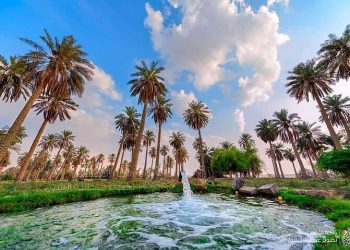

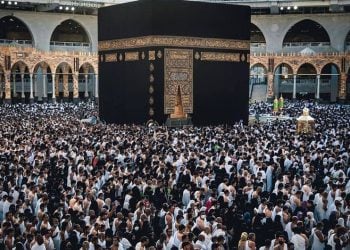
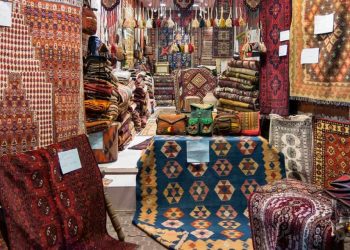



Discussion about this post